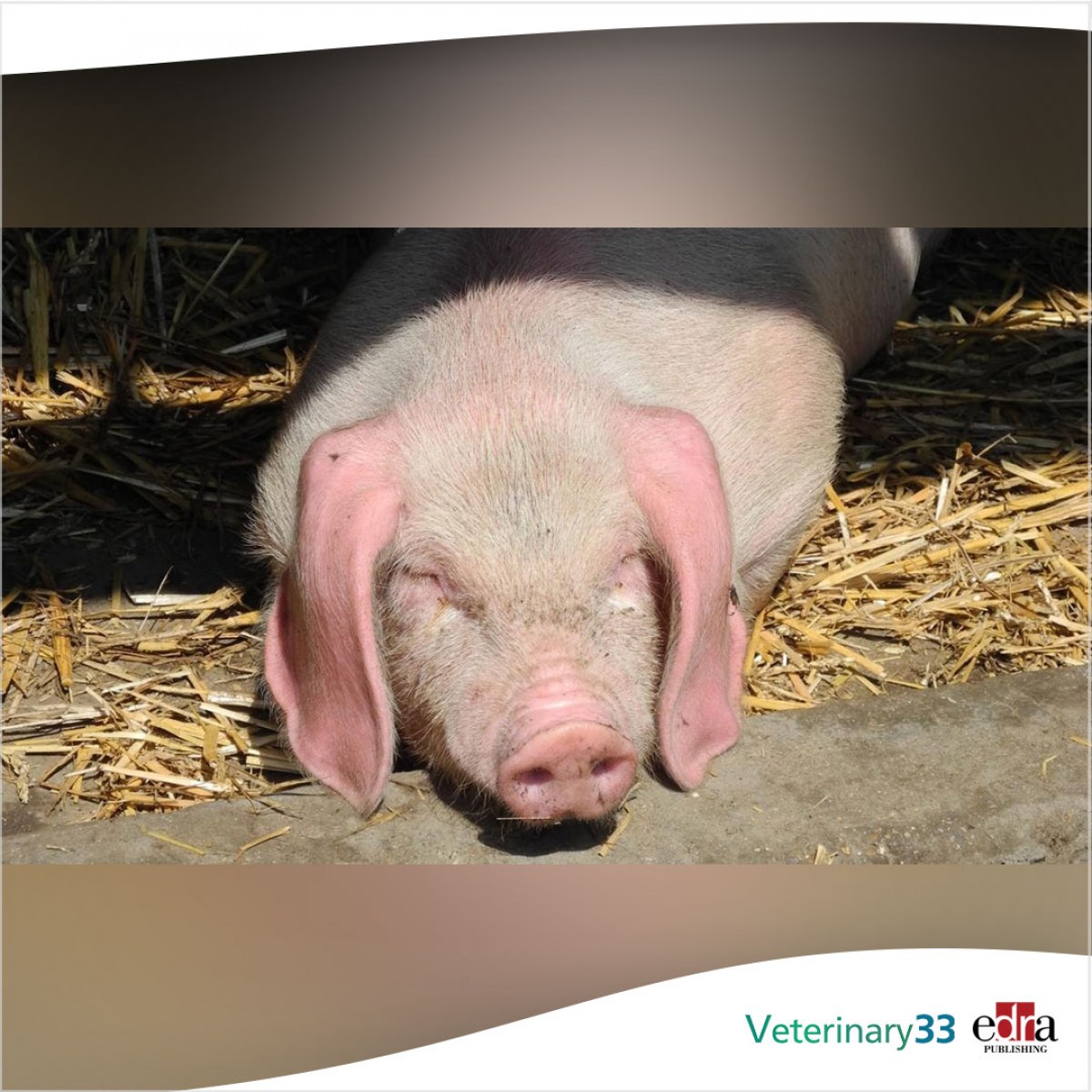Causes, distribution of lameness in beef and dairy cattle
The objective of this study was to describe the causes and distribution of lameness in beef and dairy cattle presenting to either a primary care ambulatory or in-house clinical service at a veterinary teaching hospital.
This retrospective clinical case study was conducted by reviewing hospital admissions of beef and dairy cattle seen by in-house or ambulatory clinicians at a veterinary teaching hospital from 2001 to 2021. Final diagnosis was recorded and, when available, the affected limb, whether a lesion was localized to the digit, and the affected claw were also recorded. Data were stratified by location of initial evaluation (ambulatory vs in hospital), period of presentation, production class, age, sex, and whether the final diagnosis was infectious or noninfectious.
Overall, 2,220 animals met criteria for inclusion in the study. The most common diagnoses were noninfectious in nature and affected the hind limb more often than the forelimb. More than 82% of all cattle had lameness localized to the digit, with the lateral claw being affected more than 80% of the time.
Therefore, lameness is an important concern from both a humane and economic standpoint. To conclude, the results of this study will help with the diagnosis and prevention of lameness in beef and dairy cattle of different ages and production classes.
Lindsey L Fenster et al. “Retrospective evaluation of the causes and distribution of lameness in beef and dairy cattle evaluated by ambulatory and in-house clinical services at a North American veterinary teaching hospital.” J Am Vet Med Assoc. 2023 Apr 21;1-6. doi: 10.2460/javma.22.11.0506.














List
Add
Please enter a comment